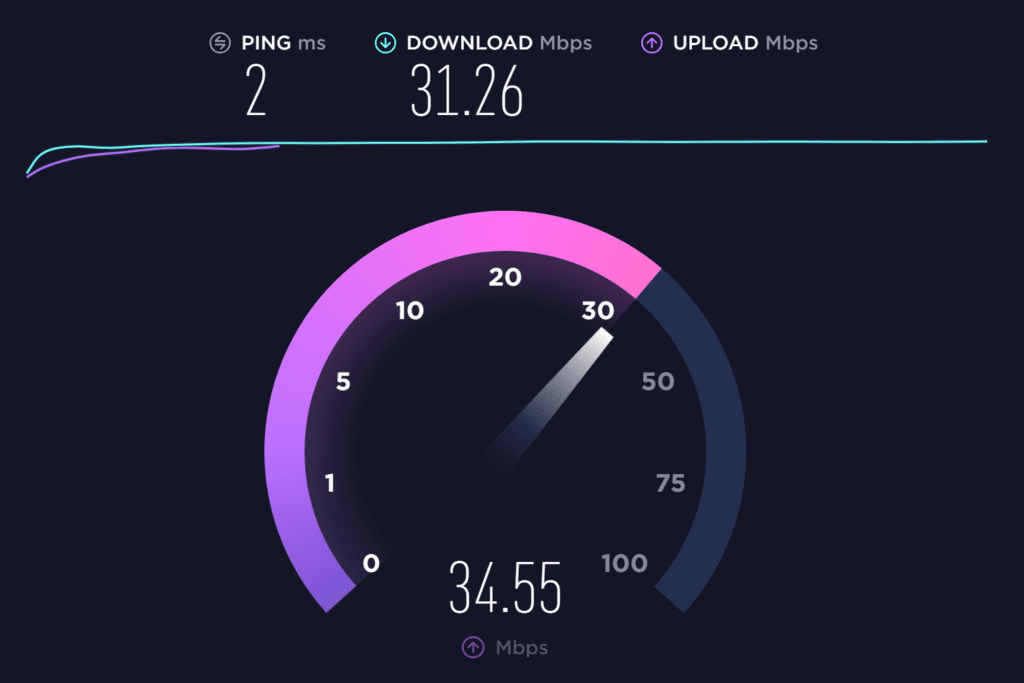
Scanning the QR code generated on Airalo’s site with the Pixel 7’s camera yielded a “Use airalo?” dialog on the phone. Putting this eSIM on the Pixel 7 took much less work than Airalo’s Android instructions suggested might be necessary. After setting a password and confirming my account with a verification code sent to that email, I picked that 2GB plan and paid for it by credit card.

Airalo’s site asked for a first name (a fine-print notice explained that "Know Your Customer” identity-verification regulations were not an issue in this market) and an email address. Opening an account at Airalo and paying for that plan took all of four minutes. That was more than T-Mobile’s free price for slow international roaming (now 5G in Germany and 10 other central European countries), but below the day-pass rates for high-speed international data at T-Mobile ($5) and AT&T and Verizon ($10) in Spain and most other countries. It helped that I could apply a referral code from my reader to chop the cost of a 2GB, 15-day plan from $6.50 to $3.50. Instead, I decided based on a longtime reader’s endorsement of Airalo after using that data-only eSIM provider in Italy last year.

Playing with that site’s search filters-for example, showing only plans with a set range of data and covering a set number of days-didn’t narrow my choices that much. Just for travel to Spain, the esimdb site lists 32 eSIM providers with 426 prepaid plans.

And as it turned out, the most confusing part of the process was picking one eSIM provider from all the services available. Taking that unlocked Pixel 7 (loaned by Google PR) to MWC Barcelona allowed me to reality-check those concerns. Best Hosted Endpoint Protection and Security Software.


 0 kommentar(er)
0 kommentar(er)
